When it comes to footwear, comfort and style are essential, but safety should never be compromised. Shoes with slippery soles can lead to accidents, especially on wet or smooth surfaces. Whether you’re walking down a rainy street or dancing at a polished floor event, knowing how to make shoes non-slip is a valuable skill.
In this comprehensive guide, we’ll explore various techniques and hacks to enhance the grip of your shoes, ensuring you stay confident and slip-free in any situation.
How to Make Shoes Non-Slip?
Slips and falls are not only embarrassing but can also lead to injuries. Here are effective methods to make your shoes non-slip:
You may also visit: Best Shoes for Bartenders
Choosing the Right Shoe Material
The type of sole material plays a crucial role in slip resistance. Option for shoes with rubber or neoprene soles, as these materials offer better traction on different surfaces.
Sandpaper Scuffing
Gently scuffing the soles of your shoes with sandpaper can create micro-grooves that improve grip. Focus on the areas where you usually apply pressure while walking.
DIY Traction Pads
Apply adhesive traction pads or grip tapes to the soles of your shoes. These pads are designed to provide extra traction and can be easily attached to the shoe’s bottom.
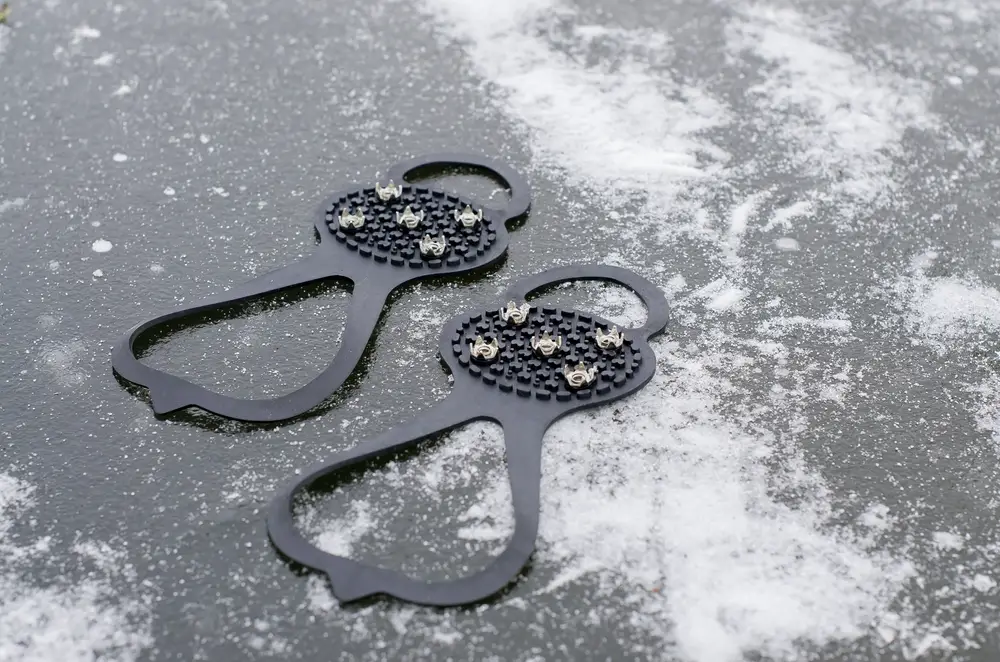
Hairspray Hack
Believe it or not, hairspray can be a quick fix for slippery shoes. Lightly spray on the soles and let it dry for a few minutes. The sticky residue can enhance traction.
Glue and Salt Method
Create a mixture of glue and table salt and apply it to the soles. The salt crystals provide additional grip, while the glue helps them adhere firmly to the shoe.
Use of Traction Sprays
Traction sprays, often used for sports shoes, are designed to increase grip. Simply spray the solution on the soles, let it dry, and enjoy improved traction.
Double-Sock Technique
Wearing two pairs of socks can reduce friction between your foot and the shoe, preventing slips. This method is particularly useful when you have no other immediate solution.
Applying Shoe Adhesives
Specialized shoe adhesives with textured patterns can significantly enhance traction. Apply these adhesives to the soles, following the manufacturer’s instructions.
Nail Polish Trick
Clear nail polish, when applied in a crisscross pattern on the sole, can create a slip-resistant surface. Reapply as needed, and make sure it’s completely dry before wearing the shoes.
Freezer Method
For shoes that can withstand cold temperatures, place them in a plastic bag and freeze them overnight. As water in the sole material freezes, it can create small bumps that improve grip.
Using a Salt and Rubber Glue Mixture
Mixing fine salt and rubber glue can result in a textured paste. Apply this mixture to the soles, let it dry, and enjoy the improved traction.
Caulk Lines Technique
Applying lines of caulk to the soles in a zigzag pattern can offer excellent slip resistance. Allow the caulk to dry completely before wearing the shoes.
Conclusion:
Knowing how to make shoes non-slip can save you from embarrassing slips and falls while boosting your confidence. Whether you’re walking down the street, dancing at an event, or navigating a wet surface, these methods can provide the grip you need. Experiment with different techniques to find the one that suits your shoes and preferences best. Now, step out with sure-footed confidence and enjoy every moment without worrying about slippery surfaces.
Frequently Asked Questions
How do I know if my shoes are slip-resistant?
Slip-resistant shoes often have a specific tread pattern on the sole, resembling mini triangles or hexagons. Look for this feature when purchasing shoes.
Can I make any type of shoe non-slip?
While the methods mentioned can be applied to various types of shoes, the results may vary. Some shoes inherently have soles with better grip, so choose your methods accordingly.
Are there commercial products available for making shoes non-slip?
Yes, there are several products like adhesive traction pads, grip tapes, and traction sprays available in the market that are designed to enhance shoe traction.
How frequently should I reapply these methods?
The longevity of these methods depends on factors like usage, surface conditions, and the method itself. Monitor the condition of your shoe’s sole and reapply as needed.
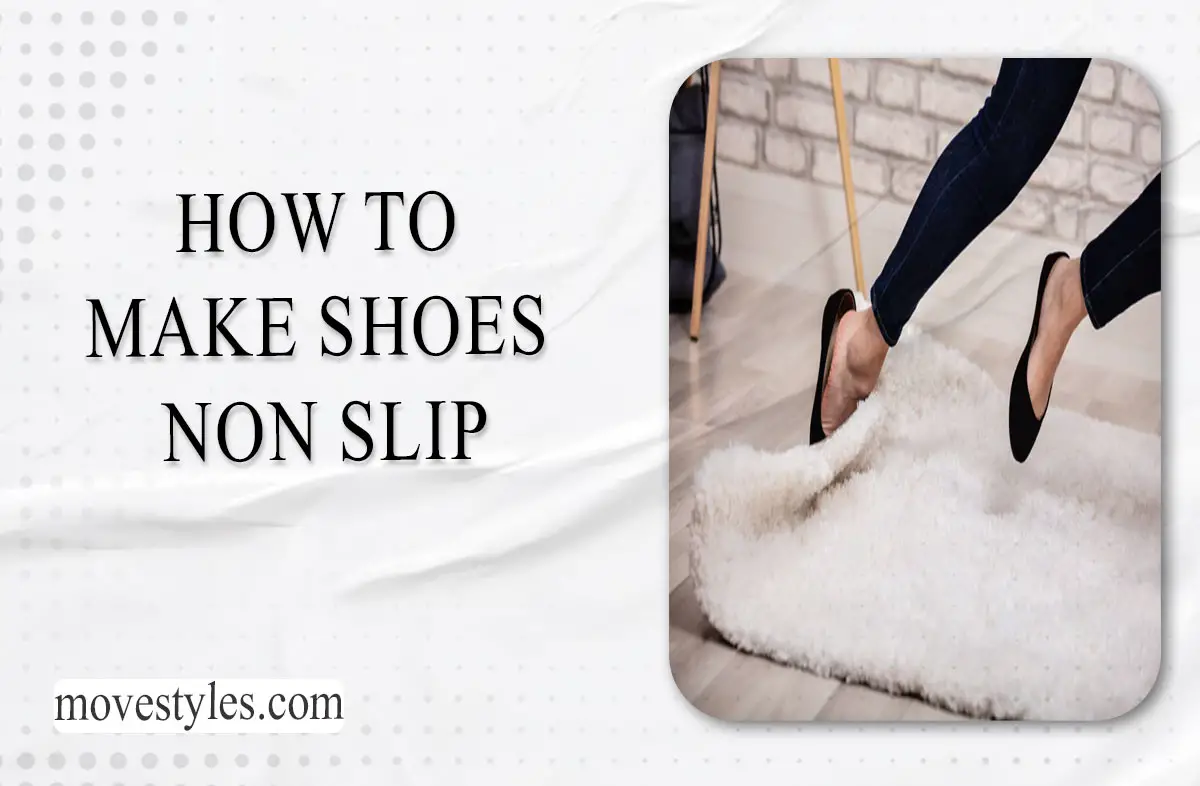

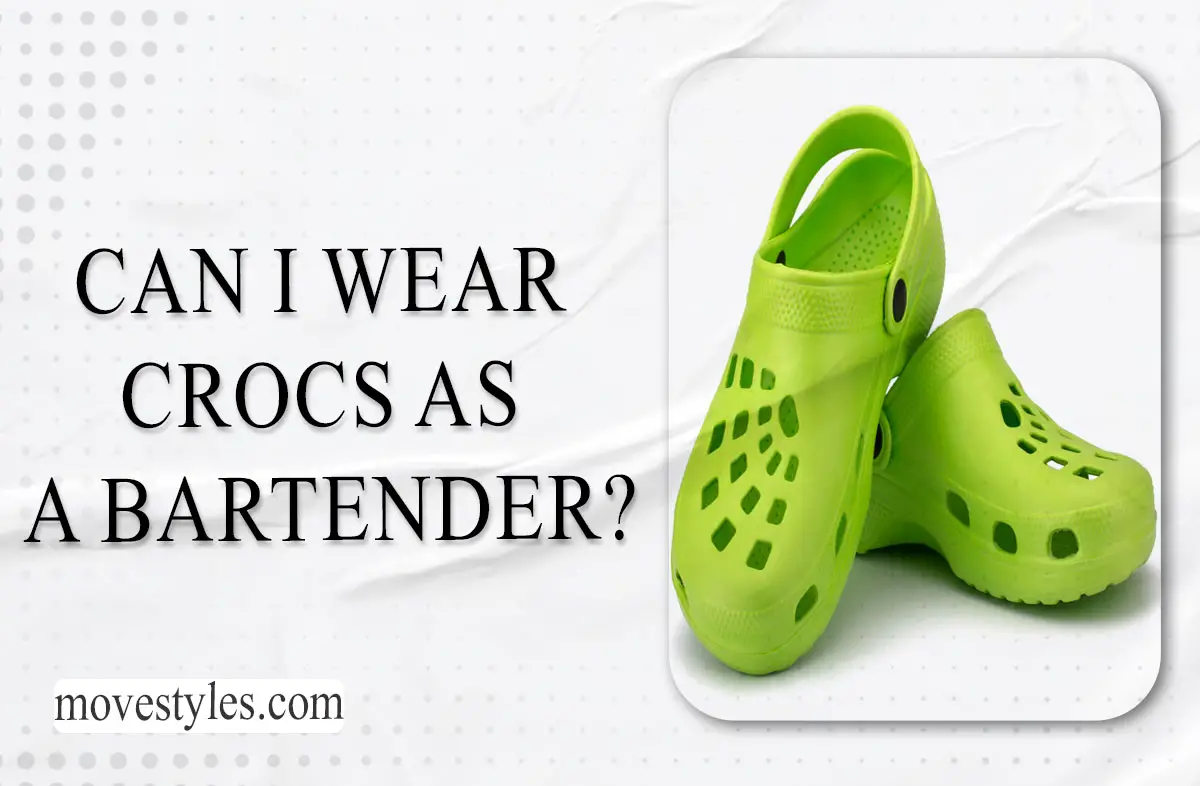

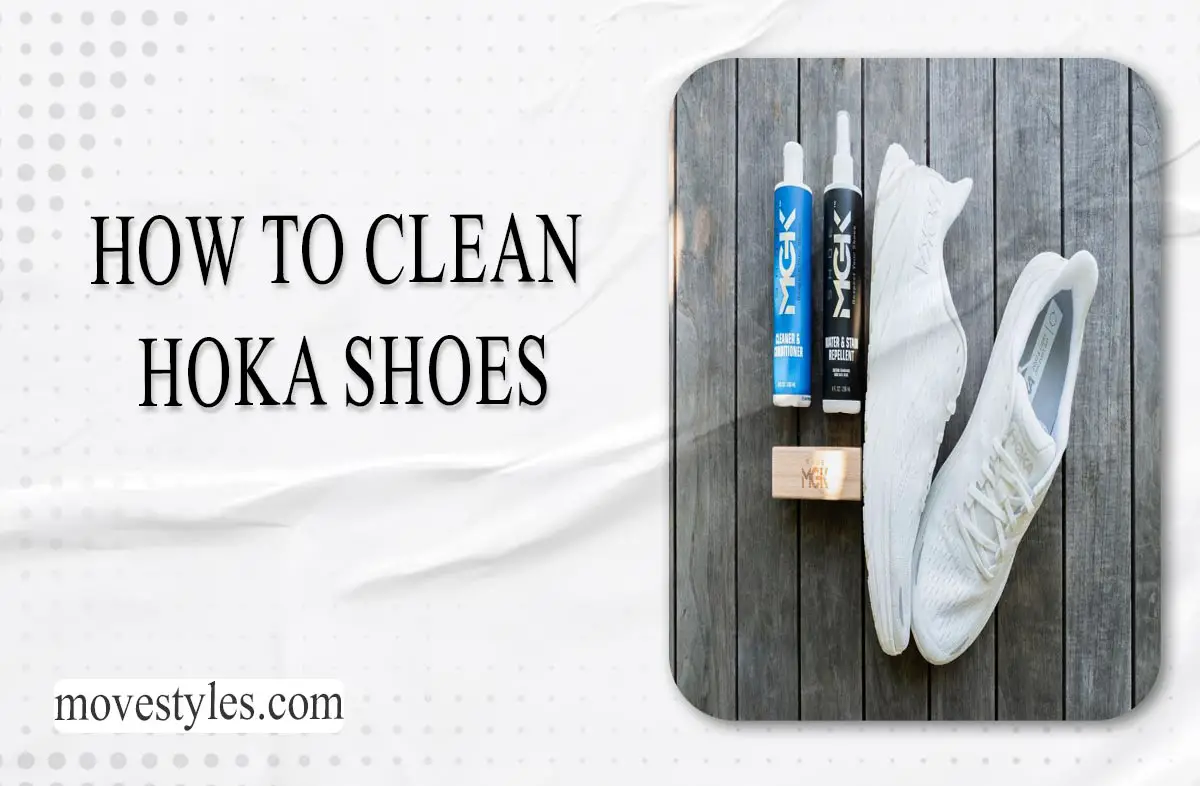
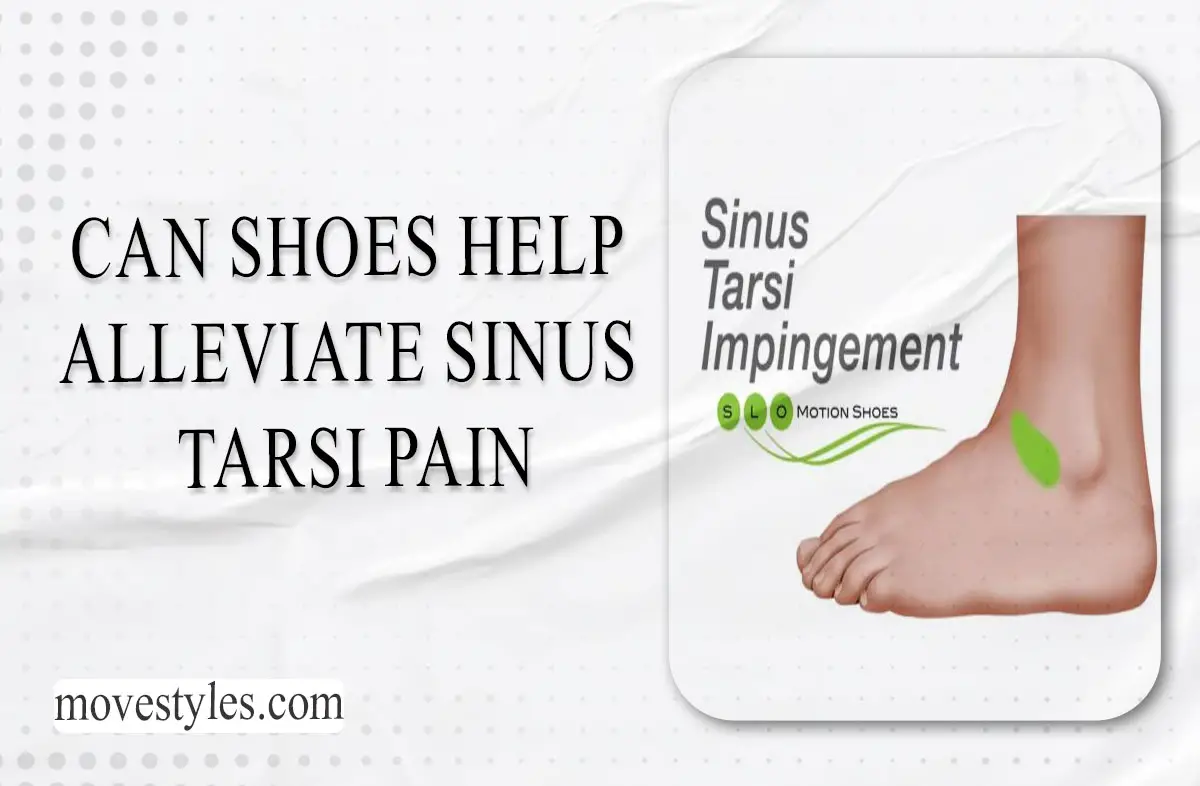
![Why Do Turtles Attack Black Shoes? [Explained 2023]](/uploads/why-do-turtles-attack-black-shoes.jpg)
